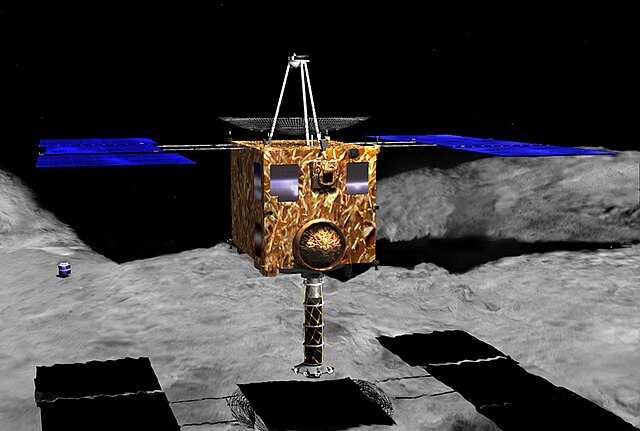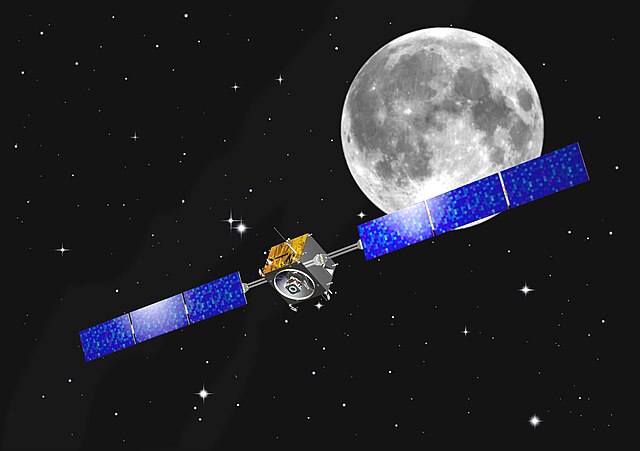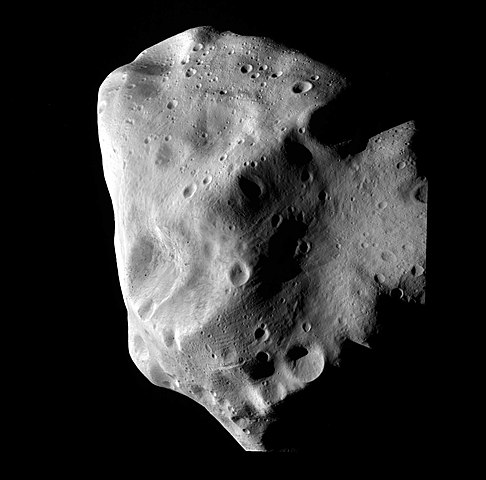1 day / second
0.5 AU
Mars Express
Spacecraft
A European Space Agency orbiter launched in 2003 that has mapped Mars's surface, atmosphere, and subsurface, revealing evidence of ancient water, methane gas, and auroras.
Key Facts
organization | ESA |
orbital regime | Inner System |
learn more | Wikipedia |
launched | 2003-06-02 |
launch mass | 1,123 kg |
power | 460 watts |
Mission Timeline
Launched
June 2, 2003 at 17:45 UTC
Mars
Orbiter
Mars Express entered orbit around Mars on December 25, 2003, where it continues to operate today while studying the planet's atmosphere, surface features, and searching for subsurface water ice.












